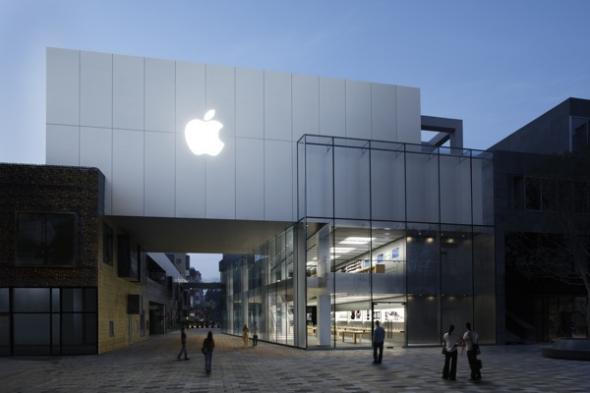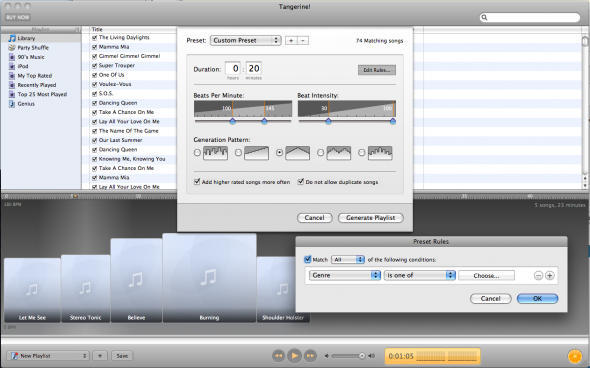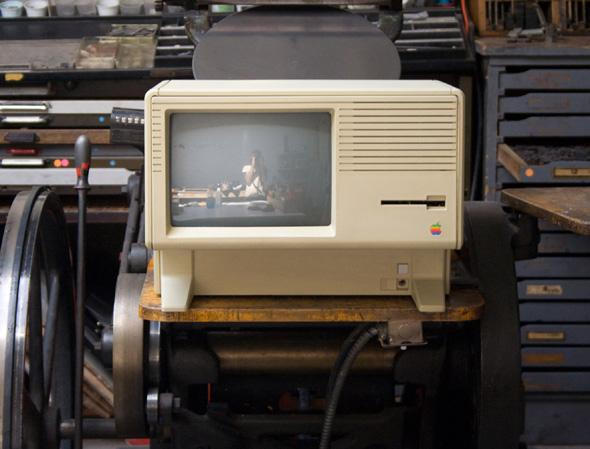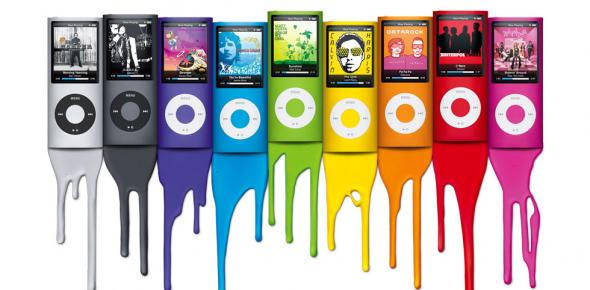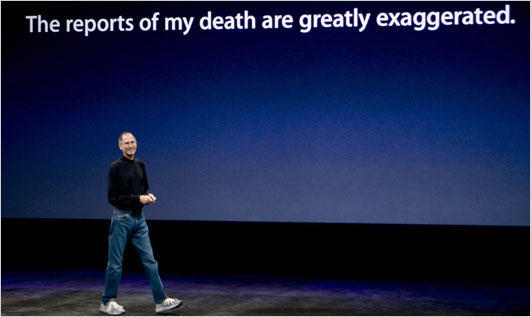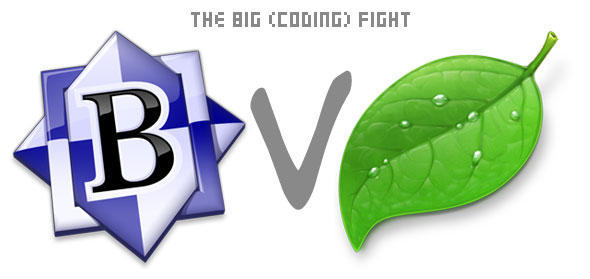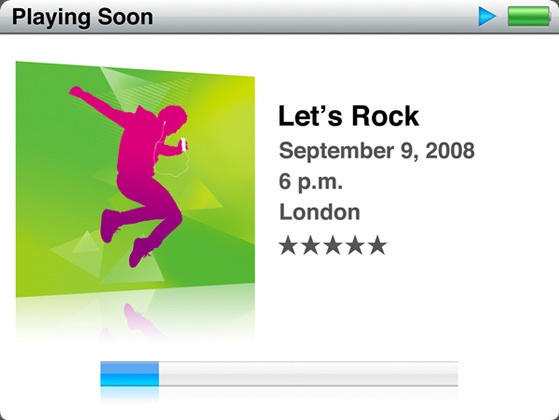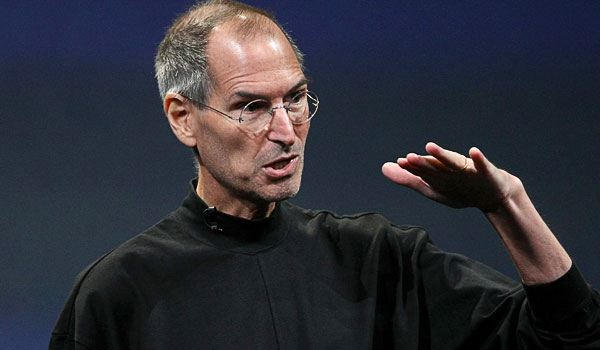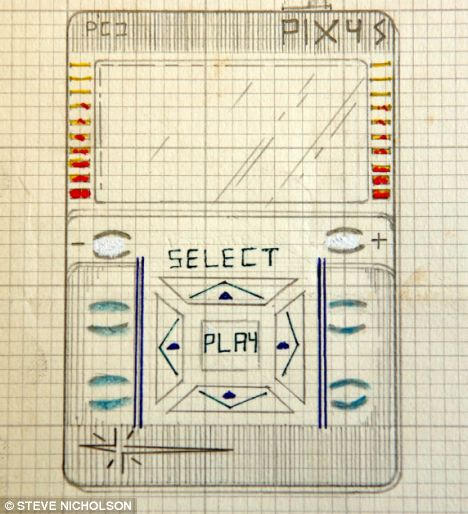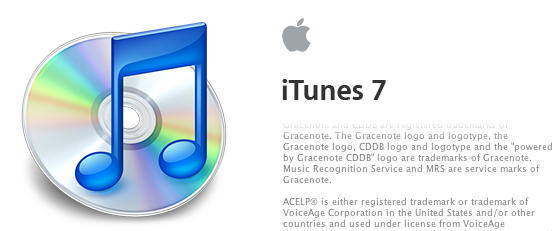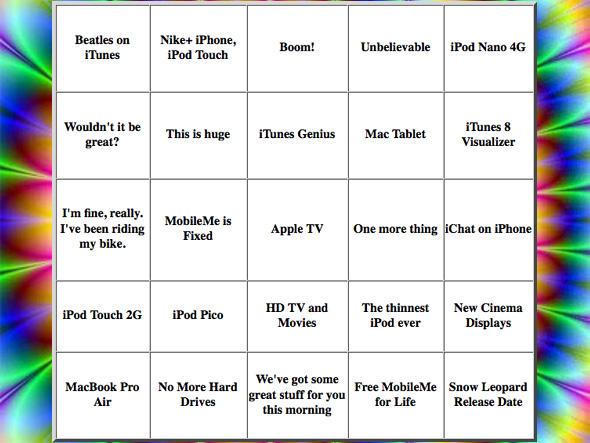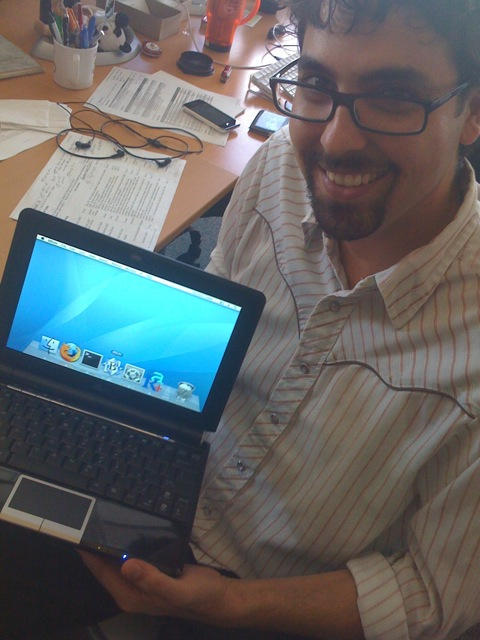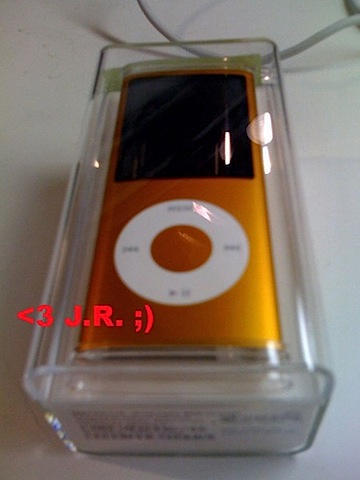I was immediately intrigued by the new headphones announced at Tuesday’s “big event” in San Francisco. Initially, I was excited by the prospect of the new “in-ear” style that will retail for $79 when they begin shipping next month. I have always found the ear buds on Apple headphones quite uncomfortable, especially for wearing an extended amount of time. The new “in-ear” style seems promising, since they will feature separate woofer and tweeter drivers, which should make for a higher-fidelity listening experience than is available with the standard headphones.
The remote play/pause/skip and volume control available on these new optional accessories (a lower-fidelity version with standard ear buds, available now, sells for $29) is another handy feature, but possibly the most interesting development, which Steve Jobs and many analysts either glossed over or failed to mention entirely, lies in their built-in microphone. At yesterday’s keynote Jobs mentioned in passing that the headset mic will enable voice note recording with the new iPod Nano, which is certainly a value add to that device. But a check of the headphones’ specs on the Apple website indicates they are supported by the iPod Touch and the new 120GB iPod Classic as well.
When I got my first iPod 5 years ago, I longed for a mic/line in so I could record directly to the device and wondered why in the world Apple had passed up the opportunity to produce a cool digital recording device when it was sitting right in front of the design team from the very beginning. Has it finally come to pass?
As usual, the answer is unclear. Comments in a MacRumors forum thread suggest great interest among iPod Touch and iPhone users for the utility of an external microphone, both for the VoIP applications it could enable, as well as for the music recording possibilities (GarageBand Lite, anyone?) it creates. The company makes no claim these new headphones are supported by the iPhone, although it says that iPhone headsets (which also include an external mic) work with iPods.
Stay tuned: when the new high-end headsets become available I’ll be getting a pair to see if my dream of an Apple digital recorder has indeed come true.



